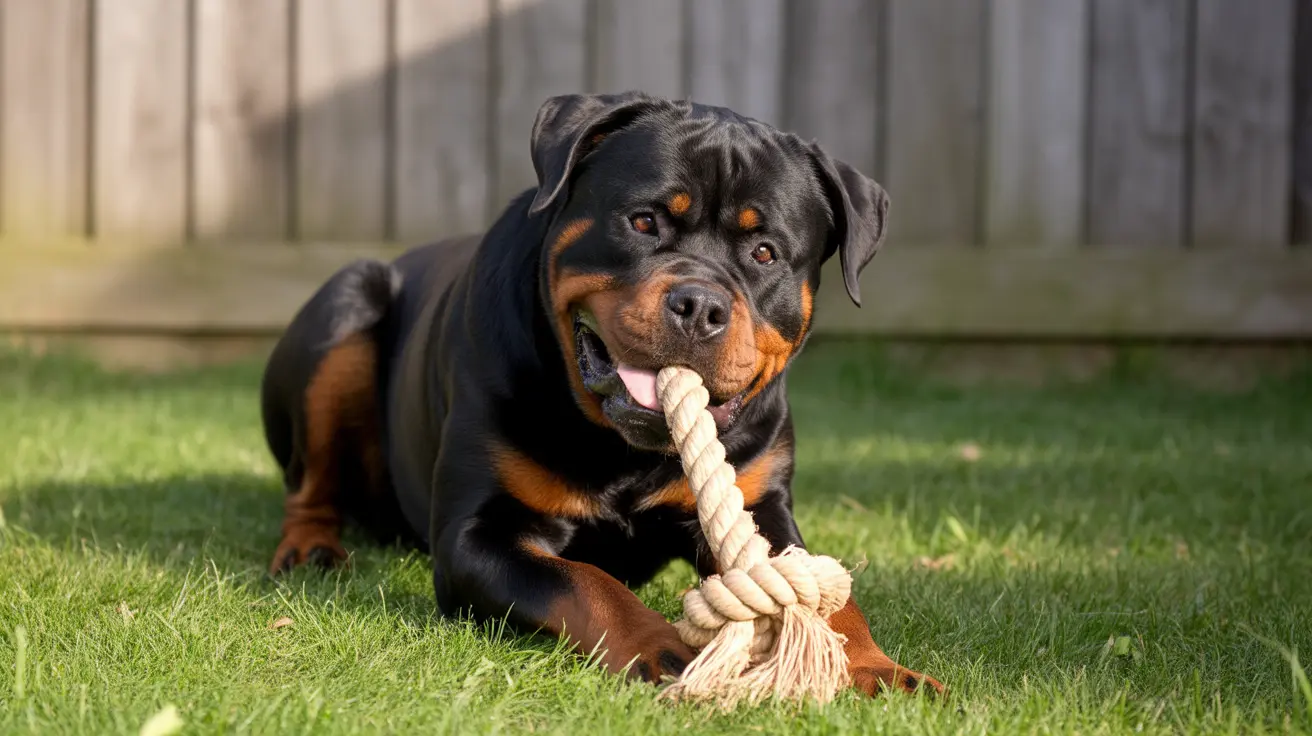Understanding Excessive Licking in Dogs: Causes and Solutions
While dogs naturally use licking for grooming, communication, and bonding, excessive licking can signal deeper issues. Distinguishing between normal and concerning licking behaviors is vital for your pet’s health and well-being.
Normal Dog Licking Behaviors
Dogs often lick themselves and others as a social and self-soothing behavior. Common reasons include:
- Grooming: Keeping themselves clean.
- Affection: Licking humans or other pets to bond.
- Communication: Signal trust, submission, or empathy.
- Taste and curiosity: Especially when licking lotions or sweat.
These behaviors are usually harmless and rooted in evolution and early developmental stages with their mother.
When Licking Becomes Excessive
Excessive licking typically involves persistent, repetitive actions and may interfere with a dog’s normal activities. Physical signs include:
- Red or inflamed skin
- Hair loss
- Wounds and discharge
- Whimpering during licking
- Interrupted sleep or play
Common Medical Causes of Excessive Licking
- Allergies
- Environmental allergens: dust mites, pollen, mold
- Food allergies: proteins like beef, dairy, chicken
- Flea allergy dermatitis: intense itching from flea saliva
- Skin Infections
- Fungal (yeast), bacterial, or parasitic in moist areas
- Pain
- Related to joint disease, arthritis, or injury
- Digestive Disorders
- Nausea from diet changes, obstructions, or infections
- Anal Gland and Nail Issues
- Infected or impacted anal glands and broken nails can cause chronic licking of the hind or paws, respectively.
Behavioral Causes of Excessive Licking
If no medical issue is found, behavioral triggers are likely. These include:
- Anxiety or stress due to environment, loud noises, or separation
- Boredom from a lack of mental or physical stimulation
- Obsessive-compulsive disorders, especially if isolated and chronic
Addressing these may require:
- Increasing physical activity
- Adding interactive toys and mental puzzles
- Training and routine establishment
- Veterinary-prescribed anti-anxiety medications in some cases
Social and Empathy-Driven Licking
Dogs often lick people’s hands or faces as a form of empathy or social interaction. Sometimes it’s used as a communication tool—like a gentle “please stop” when they are uncomfortable.
Ignoring these signs may lead to more serious behaviors including snapping or biting. Use positive reinforcement to desensitize dogs to situations that provoke discomfort. Pairing unpleasant actions like nail trimming with treats can build positive associations.
When to See a Vet
It’s crucial to monitor sudden changes in a dog's licking patterns. Veterinary evaluation is recommended when:
- Licking starts abruptly or grows more intense
- Symptoms like vomiting or appetite loss are present
- Skin shows damage or signs of infection
Preventive Measures
To reduce the risk of excessive licking, pet owners should:
- Provide a balanced diet with allergy-friendly options
- Maintain regular grooming and parasite control
- Offer plentiful exercise and mental enrichment
- Address behavioral needs and social interaction
Is Licking Harmful to Humans?
Generally, dog saliva is not dangerous, but it can contain bacteria or parasites. It’s best to wash after being licked, especially on the face or open wounds.
Licking Objects vs. People
Licking floors or surfaces may indicate nausea or gastrointestinal upset. Accompanying signs include pacing, vomiting, or eating grass. Veterinary guidance and temporary dietary adjustments can help relieve symptoms.
Final Thoughts
Dogs lick for many reasons, but when the behavior becomes obsessive or damaging, it often reflects underlying problems. Identifying whether causes are medical or behavioral is the first step to ensuring your dog remains happy and healthy.





